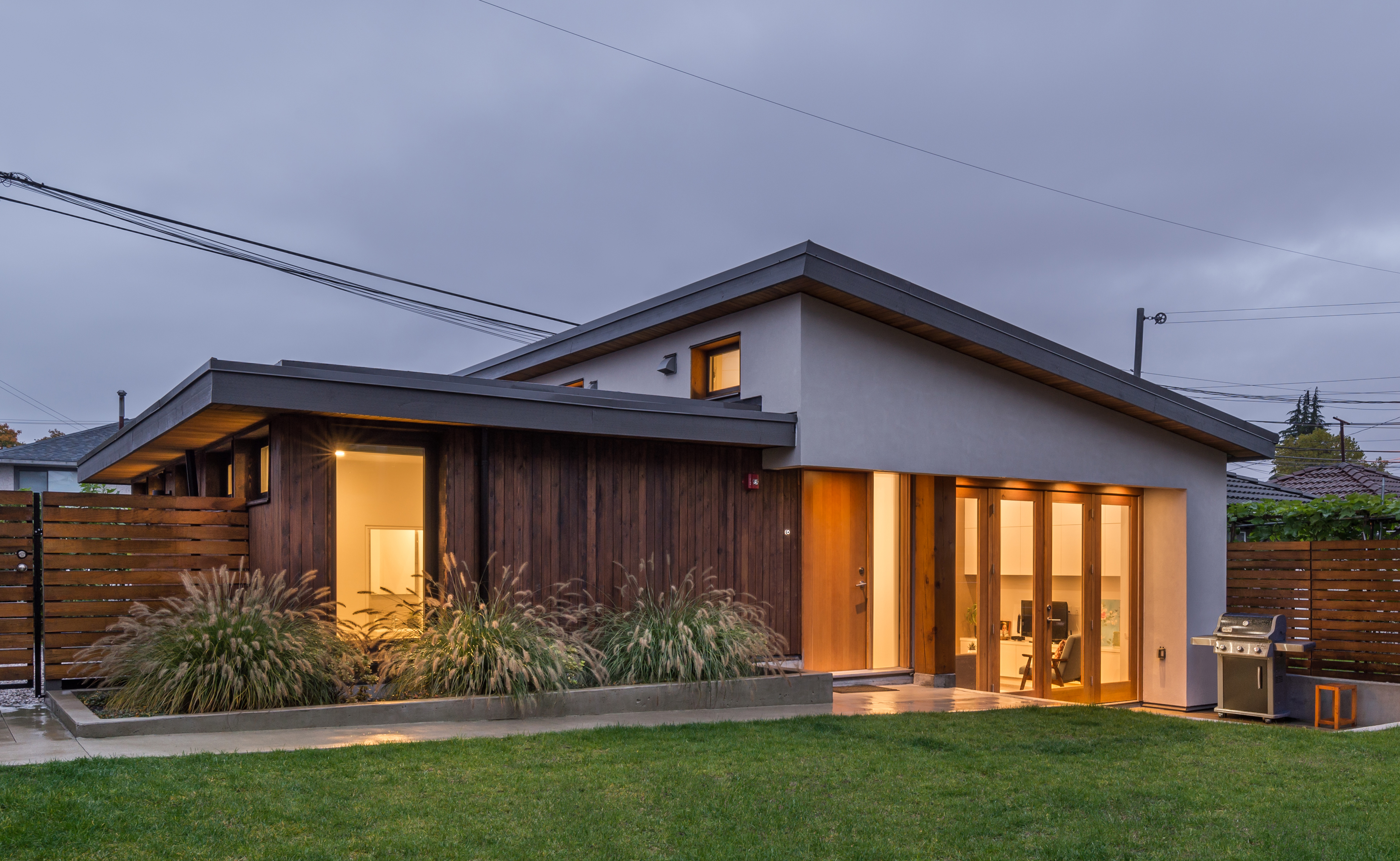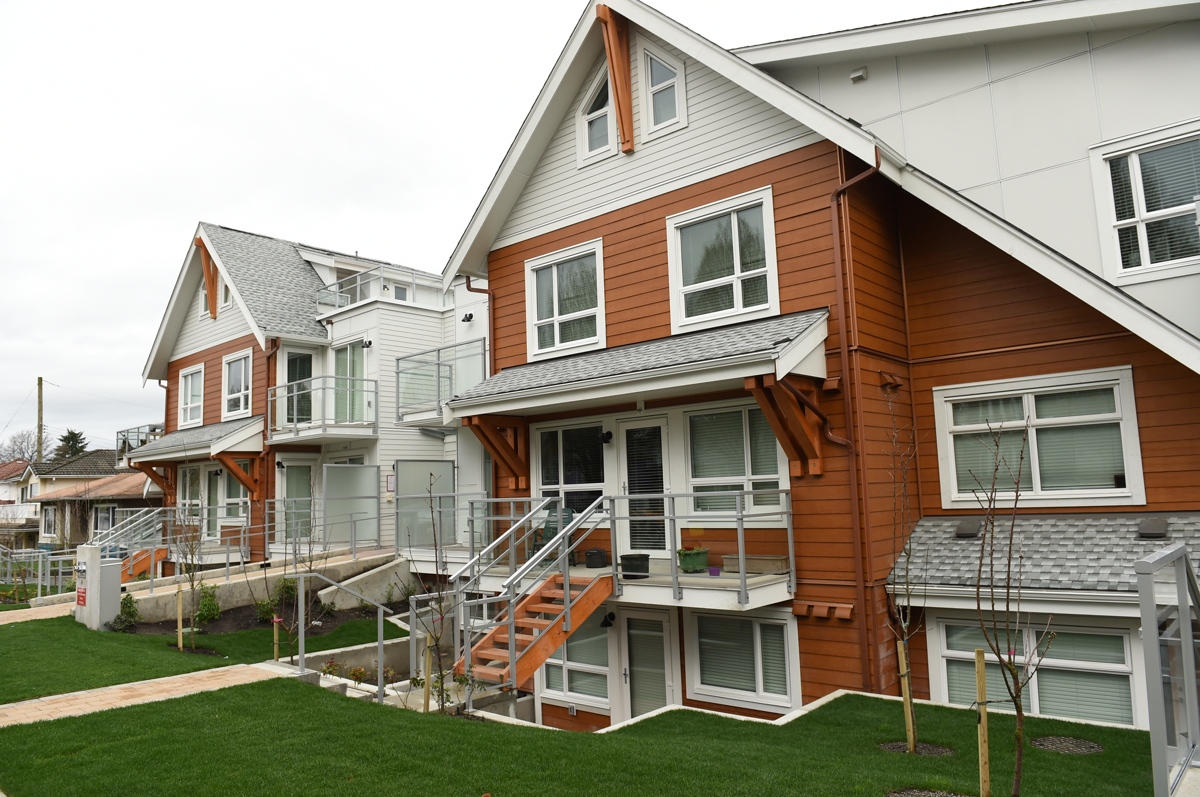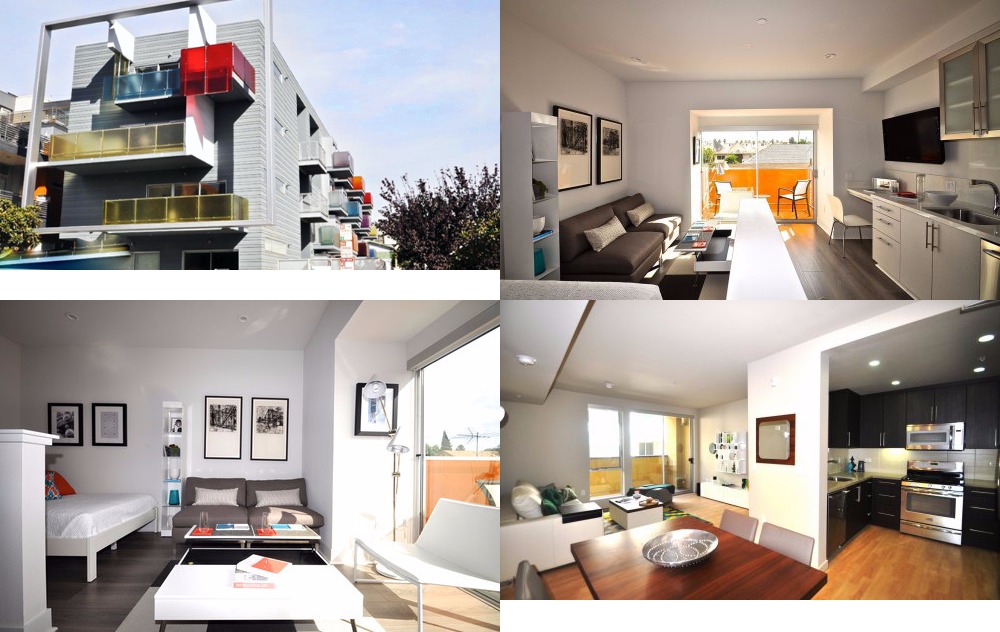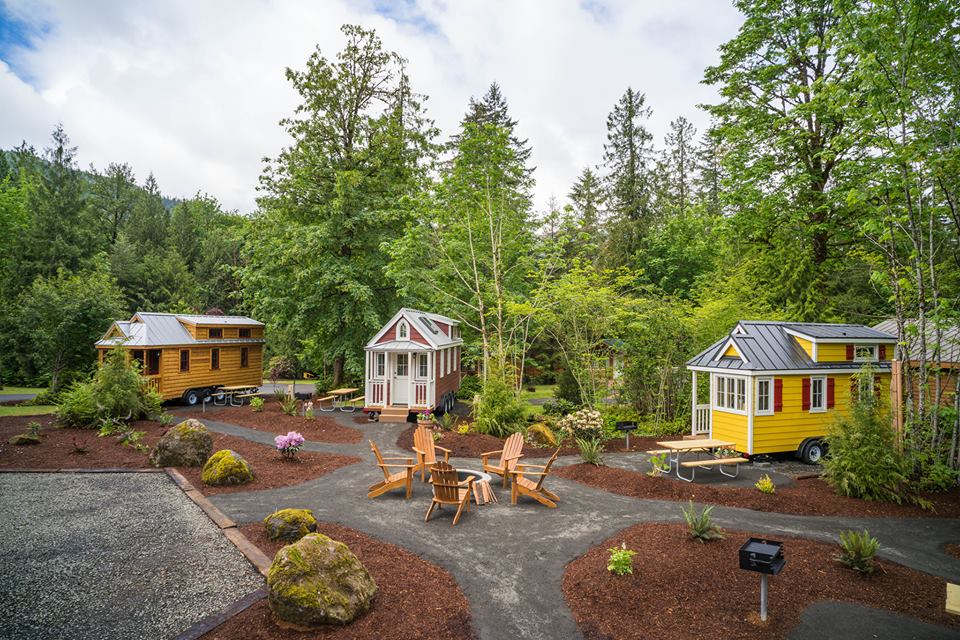Last spring, I joined the Small Housing BC team to work with three cities to support smaller homes as part of our response to the housing crisis.
Our four-person team hit the ground running, pitching our project, Bringing Little Homes to the City, to more than 25 B.C. municipalities.
Our goal was to work with three communities on a multi-year project to review policies, engage the public and industry and prepare a plan that would lead to more small housing.
We decided to collaborate with Maple Ridge, Nelson and Vancouver.
Founded in 2012, Vancouver-based Small Housing BC is the leading voice supporting the promotion of small homes in B.C. It does research, engages industry and cities, and convenes big thinkers on ways to do smaller forms.
We see a wide range of benefits from small housing, homes from 200 to 1,500 square feet that provide enough space for an individual or family to live comfortably. It could be a tiny house, a laneway or backyard home, part of a cottage neighbourhood or some other model.
Small houses allow gentle densification, with small homes throughout a neighbourhood instead of a contentious condo development. Small homes mean lower prices, greater diversity in established neighbourhoods, a chance for people to live close to urban hubs and community amenities and reduced travel costs.
Over the last 18 months, we’ve supported zoning reviews, public consultations, workshops for builders and developers, pilot projects and studies.
We see small homes as a way to address the “missing middle” in housing. And greater acceptance by the public, politicians, lenders and the design community is an important first step.
We’ve identified the challenges blocking the construction of more small homes — caution, regulatory hurdles, and the income-to-housing cost imbalance that affects all housing.
We wanted to share the lessons we learned.
And that’s how the Small Housing Summit was born.

The Nov. 17 summit is a one-day conversation that acts on the opportunities around smaller forms. We’ve invited senior-level housing practitioners from across the province to take part. This is a cross-sector room of experts — from designers, builders and financiers to real estate professionals and policy makers. (The Tyee’s Katie Hyslop will be moderating a discussion of one of the Small Housing Challenge case studies, the City of Coquitlam.)
Our goal is to rally the troops, the brightest and most innovative minds, to see how we can collaborate to accelerate smaller forms in B.C., similar to the efforts of Denise Pinkston, our keynote speaker, in California.
Pinkston is a powerhouse. Based in San Francisco, she’s a planner with years of city experience, a teacher, and has a longstanding partnership with TMG Partners, a real estate development firm.
But what sets Pinkston apart is her drive. “I’m a pragmatic optimist,” she says in a 2012 press release honouring her as one of the most influential women in the Bay Area. “I assess obstacles and lead my team around them by creating new ways to deliver exciting projects.”
Her work with the State of California was no different.
In an attempt to create a level playing field for laneway housing — known as affordable and accessible accessory dwelling units, or ADUs in the housing world — Pinkston approached local governments.
Every city faced the same challenges of flat incomes and high housing prices. But when it came to encouraging laneway housing and similar solutions, each buckled under the pressure of NIMBYism.
It was then that Pinkston re-examined her approach and decided change needed to come at the state level. She, along with a cohort of colleagues, drafted bills that were passed in 2017 and 2018 and gave Californian cities more flexibility and latitude in allowing homeowners to build ADUs. The laws also provided clear development rules and fee assistance to encourage more laneway units.
“Until rules are uniformly easier, we can’t scale small housing, and it won’t solve any housing crisis,” says Pinkston. “We haven’t created a lending mechanism around smaller forms that people can buy into, that businesses can develop and sell. Rather our zoning controls are city-specific, which contributes to markets that are site-specific.”
We need change at all levels, advocates say.
“It’s time for lenders to embrace creativity in enabling homeownership,” says Richard Bell, a real estate lawyer and owner of Bell Alliance. “Some are leading but few are following. We need financiers to challenge each other in creating broader range of financing options for different ownership structures, such as co-ownership and co-operatives; this applies to small housing too. Lenders should be at the table working with homeowners, would-be-homeowners, municipalities, lawyers, planners and others to bring about new forms, period.”
What if we looked at housing through the lens of clothing, asks Pinkston. Imagine if we custom-made our clothes, piece-by-piece, each item tailored. We’d have little to wear.
“What works within that market, to some extent at least, is that it’s mass produced. We need to do the same with housing,” adds Pinkston.


Instead, each small home project is treated individually.
“Current zoning rules disallow scalable small forms. Without this, there will never be a small housing business, market or industry. We can’t do this one city as a time. The housing crisis is a B.C.-wide problem within urbanized centres. To solve it, and help the most people at once, you have to go to the highest level of government possible. Otherwise, you’ve set yourself up for hand-to-hand combat,” notes Pinkston.
In many ways, zoning is an invention of the last 100 years, Pinkston says.
“We fell in love with an idea of how people should live, the nuclear family. But this no longer applies. We need a new value system that allows people to use their private property as they see fit, so long as it’s safe and doesn’t create a nuisance,” she says. “We also shouldn’t give neighbours veto power over lifestyles issues and how we conduct business on our own properties.”
This isn’t about rogue homebuilding, but a way to allow homeowners some leeway in terms of how they use accessory dwellings on their lots, whether a garage or detached unit, to house extended family or earn extra income.
If privacy and property rights limit our housing options, then we need to reevaluate our priorities, Pinkston says. “Very few city councils can create more housing in neighbourhoods; it’s not their role. It’s incumbent on the state or province to effect change.”

This, of course, isn’t limited to California or B.C.
“It’s virtually the case in every urban area that has a disconnect between housing and incomes,” she says. “It’s a northern hemisphere problem. We build one house at a time, highly specialized one-offs. We need to allow people to scale up small housing to make it a new norm.” That’s not to say industry isn’t trying to break into the market; modular is one alternative that’s growing.
Small housing can be contentious. We have our towers and McMansions, but are without many of the smaller home types that initially populated our urban centres: row homes, pocket neighbourhoods, houseplexes, micro-suites.
We’re at an impasse. How do we develop and design intentionally connected cities with housing for all? Is gentle densification of our single-family neighbourhoods and residential lots the way forward?
“Smaller homes, in many ways, gives communities and homeowners a hand in how we build our cities,” says Jake Fry, co-founder of SHBC and owner of Smallworks, a laneway design and build firm. “It gives residents some control and influence over their individual properties. From this lens, small houses (and the variety within them) are the only built form that allow for this focused and involved approach. We’re curious to see whether other policy makers, lenders, designers and builders see it the same way too.”
For more on the Small Housing Summit, go here. While the summit is a ticketed event, SHBC is also organizing a public Small Housing Showcase Nov. 16 through 18 from 10 a.m. to 3 p.m. at 800 Robson St. in partnership with visual artist Germaine Koh and several tiny house builders.
The Small Housing Summit is presented by SHBC, in partnership with the City of Maple Ridge, City of Nelson, UBC Sauder School of Business/Real Estate Division, BC Tiny House Collective and the Greater Vancouver Home Builders’ Association (GVHBA). The summit is made possible with funding from the Real Estate Foundation of BC and its sponsors: Reliance Properties, Smallworks, Aboriginal Housing Management Association, Lanefab, Vancity, The Tyee, Century Group, Stantec, Click Modular Homes, Bell Alliance, GVHBA, UBC Sauder School of Business, Still Creek Press, Metro Vancouver, Canada Mortgage and Housing Corporation, G&F Financial Group, Real Estate Council of BC, IBI Group, Urban Development Institute, Hummingbird Micro Homes and the Royal Architectural Institute of Canada.
This article is part of a Tyee Presents initiative. Tyee Presents is the special sponsored content section within The Tyee where we highlight contests, events and other initiatives that are either put on by us or by our select partners. The Tyee does not and cannot vouch for or endorse products advertised on The Tyee. We choose our partners carefully and consciously, to fit with The Tyee’s reputation as B.C.’s Home for News, Culture and Solutions. Learn more about Tyee Presents here. ![]()
Read more: Housing, Urban Planning + Architecture















Tyee Commenting Guidelines
Comments that violate guidelines risk being deleted, and violations may result in a temporary or permanent user ban. Maintain the spirit of good conversation to stay in the discussion.
*Please note The Tyee is not a forum for spreading misinformation about COVID-19, denying its existence or minimizing its risk to public health.
Do:
Do not: